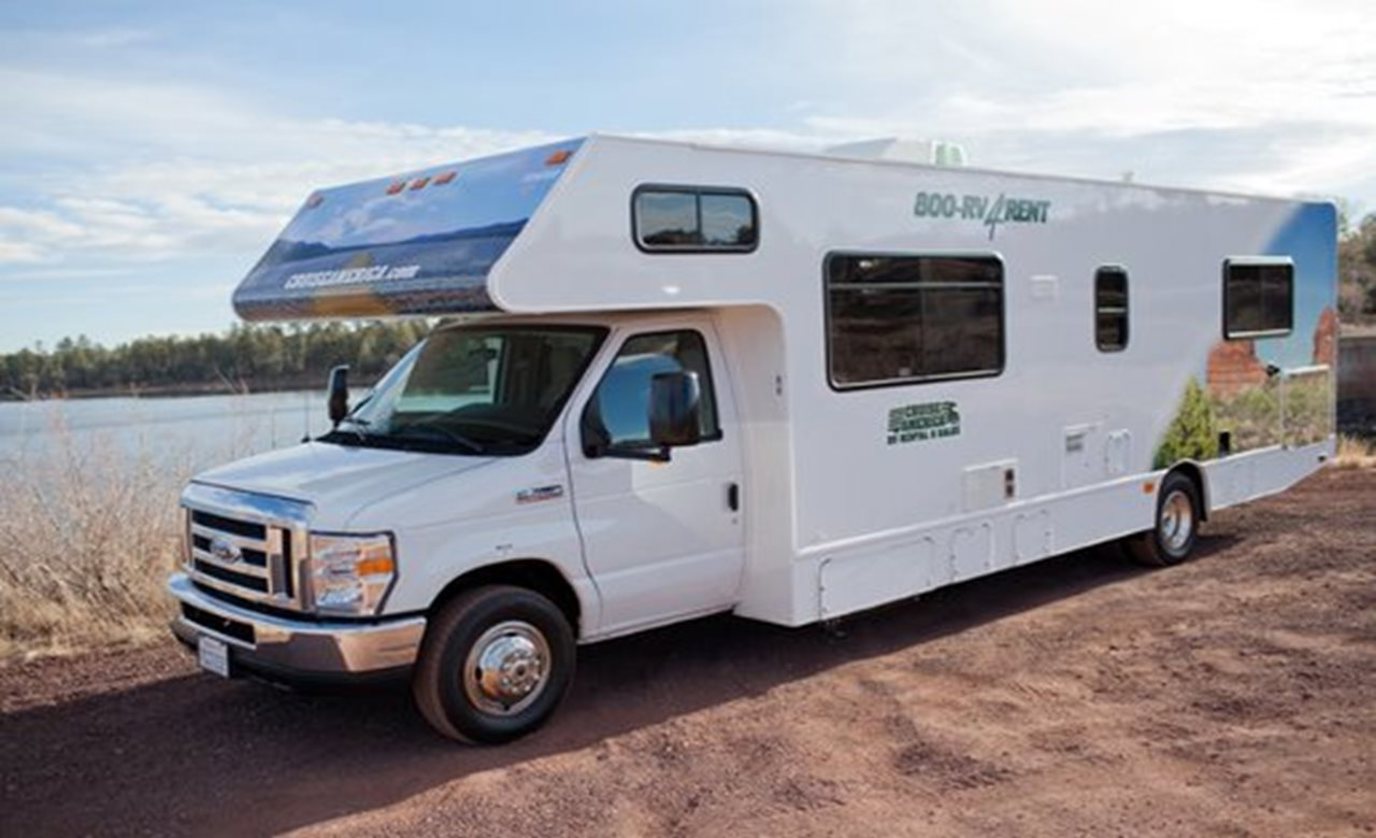
How to Tow a Car Behind an RV (Your Full Guide)
ShareHave you ever traveled in an RV but occasionally wished you had a car with you for certain situations? Imagine you've parked your RV at a campground with your indoor and outdoor spaces set up just the way you want them and want to explore nearby. Packing everything back up and getting the RV road-ready again may seem like a lot of work.
Whether you want to wander local shops, go out to dinner, or drive somewhere inaccessible by a large recreational vehicle, you'll be grateful to have a car.
Towing a car behind an RV is a convenient way to bring your vehicle with you while also saving money on rental cars or ride-sharing services. The process may seem daunting, but it is manageable if you follow the proper steps. Let's talk about what those steps are.
How to Tow a Car Behind an RV: Step by Step
When you've decided to tow your car with an RV, it's essential to know what the process will entail. Go over each of the following steps before getting started.
1. Check Your RV Owner's Manual
Before you tow a car behind your RV, checking your RV owner's manual is crucial. Not all RVs are rated for towing, and you need to ensure that your RV has a tow rating that can accommodate the car's weight.
You will look for the RV's "towing capacity," which refers to the maximum weight you can pull with it. You can then compare this weight capacity against the weight rating of the car you want to tow.
2. Buy a Suitable Tow Bar and Baseplate
You will need a tow bar and a baseplate to tow a vehicle with an RV. A tow bar is a device that connects the RV and the car. A baseplate is a bracket that attaches to the car's frame and provides an attachment point for the tow bar.
You can purchase these items from an RV dealer or online retailer, and they will help you figure out the specific model you need so that the towbar and baseplate are compatible with your RV and car.
3. Attach the Baseplate to the Car's Frame
First, you must attach the baseplate to the car's frame. This process will vary depending on the model of your vehicle, and you will need to purchase a baseplate compatible with your car. Follow the instructions from the baseplate manufacturer to attach the bracket to the car's frame.
It's best to have a professional do this to ensure it's done correctly and that you bolt on the baseplate securely. You may find that some baseplate manufacturers only ship directly to professional installers and that self-installation is not an option.
4. Install the Tow Bar Onto the RV's Receiver Hitch
The tow bar connects to the RV's receiver hitch, a square opening in the back of the RV. You can usually find the receiver hitch near the bumper of the RV. If your RV lacks a receiver hitch, it can be added, provided your RV has a towing capacity.
Make sure the tow bar fits appropriately into the receiver hitch. You may need to use an adapter if you have a mismatch between the receiver hitch and the tow bar.
5. Connect the Tow Bar to the Baseplate
Park the RV and the car you're towing on a level surface. Ensure that the tow bar is level with the vehicle being towed, and use the included pins and safety cables to attach the tow bar to the baseplate. This process will vary slightly depending on the style of the baseplate and tow bar, so check the manufacturer's instructions for specific instructions.
6. Attach the Tow Bar's Electrical Wiring
Because the car being towed will block some of the RV's safety lights and signals, attaching the tow bar's electrical wiring is essential to ensure that you are signaling properly to other drivers on the road.
Follow the instructions on the tow bar to attach all elements of the electrical wiring kit. This way, your turn signals and brake lights communicate between the RV and the towed vehicle, keeping everyone safe.
7. Make Sure the Car's Steering Is Unlocked and the Transmission Is in Neutral
Before towing the car, you will want to follow these protocols:
-
Unlock the steering wheel, as this will allow the tires to move freely and turn in the direction of the RV.
-
Set the transmission to neutral, as leaving the car in the drive setting can damage the car's transmission.
-
Turn off the engine and remove the key from the ignition.
8. Drive Slowly and Cautiously
Driving an RV already takes some getting used to, and adding a towed vehicle can be tricky. Practice stopping and turning in an empty parking lot before hitting the open road to get a feel for how the car handles behind the RV. Always drive cautiously, maintaining a safe distance from other vehicles and using turn signals and brake lights.
9. Stop Regularly
Because it can be challenging to know whether everything is still hooked up properly while on the road, stop frequently to check all connections and wiring and ensure everything is where it should be.
10. Obey All Traffic Laws and Regulations
Always obey all traffic laws and regulations while towing a car behind an RV, such as maintaining a safe distance from other vehicles and staying within your RV's weight and size limits. If traveling out of your home state, check for local traffic laws that may differ from the ones you are used to.
FAQs About Towing a Car Behind an RV
Now that we've gone over how to tow a car behind an RV let's talk about some of the most frequently asked questions.
What Equipment Is Needed to Tow a Car Behind an RV?
To tow a car behind an RV, you will need the following:
-
A tow bar. The tow bar connects the RV and the vehicle being towed.
-
A baseplate. The baseplate attaches to the car's frame and provides an attachment point for the tow bar.
-
A set of safety cables. The safety cables connect the tow bar to the car for added security.
-
An electrical wiring kit. The electrical wiring connects the taillights and turn signals of the car being towed to the RV's electrical system so they remain visible to other drivers on the road.
-
A braking system. Though not always necessary, a braking system is required by law in many states to ensure that the car you're towing can stop safely. Check local regulations to determine whether you need a braking system.
Do You Lock the Steering Wheel When Using a Tow Bar?
Locking the steering wheel can cause damage to the car's steering system. You do not lock the steering wheel when using a tow bar. Instead, ensure that the steering wheel is unlocked and the transmission is in neutral before towing the car.
Is Towing a Car Behind an RV Worth It?
If you want the convenience of having a vehicle available to explore your destination without the hassle and expense of renting a car or using ride-sharing services, towing a vehicle behind an RV is worth it.
Start Your Travels Today with Cruise America
If you're interested in towing a car behind an RV, Cruise America is here for you. Our knowledgeable staff can help you choose the right RV and towing equipment for your needs, and we provide excellent customer service to ensure a smooth rental or purchase process.
With Cruise America, you can start your travels today and explore in comfort and style.





